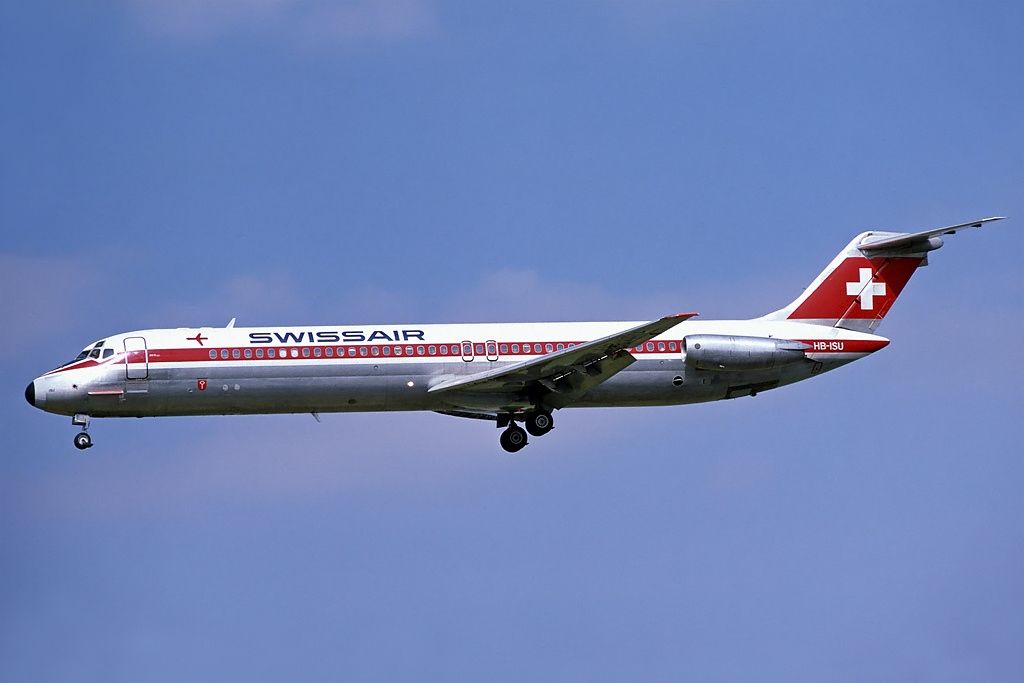The McDonnell Douglas DC-9 was an American-manufactured single-aisle jet aircraft produced from 1965 to 1982. A total of 976 units were made in this 17-year spell, of which Delta Air Lines operated 305 in both its own fleet and also from Northwest Airlines, which merged with Delta in 2009. While no American passenger carriers operate the type anymore, a few cargo airlines still utilize the aircraft.
History and development
In the 1950s, Douglas Aircraft, a prominent American aircraft manufacturer, wanted to create a short-to-medium-range airliner to compete with Boeing's 727 trijet. In 1962, design of the airplane began, and Douglas approved the production of the type in 1963 following extensive research.
The first DC-9 prototype flew in February 1965, and the type was awarded its airworthiness certificate in November that year. The first commercial airline to operate the type was Delta Air Lines, which received the delivery of the aircraft on December 8. A year later, Douglas began to offer other variants of the type, including the -30 series, which featured a slightly larger capacity.
In August 1967, Douglas merged with fellow American planemaker McDonnell Aircraft, creating the McDonnell Douglas Corporation. The DC-9 continued to be produced, albeit under its new name, the MD-80, which was effectively the 'second generation' of the original DC-9. In the early 1990s, the MD-80 was further developed into the MD-90, which was then the inspiration for the Boeing 717.
Variants
The Douglas DC-9 had many variants. The 'original' aircraft was developed as the Series 10 (i.e., the DC-9-10), which was the smallest variant and was roughly the same size as the BAC One-Eleven. A total of 137 of the type were built, and they had a maximum weight of 37,000 kg. The Series 10 had two further variants, which include the Series 14 and 15.
The Series 30 was produced to compete with the popular Boeing 737. This variant was the best-selling type of the Douglas DC-9, with 662 built (about 60% of the total DC-9s built). It was a substantial improvement from the original DC-9-10, with a greater maximum takeoff weight of 50,000 kg, a longer wingspan, and full-span leading edge slats to help with takeoff and landing performance. The Douglas DC-9-30 first came into service in February 1967 with Eastern Airlines, an American carrier based in Miami.
The Series 50 was the largest variant of the Douglas DC-9 and was also the last to go into commercial service in 1975 with Eastern Airlines. The fuselage was stretched by 2.49m and had the capacity to seat up to 139 passengers, roughly equivalent to the capacity of the Airbus A220 family. In addition to an increase in the size of the aircraft, the DC-9 also featured a thrust reverser modification, which was initially developed by Air Canada.
Aside from the aforementioned commercial variants, the Douglas DC-9 also had a military variant, the McDonnell Douglas C-9, which was produced for all branches of the US military, including the C-9A Nightingale for the US Air Force, and the C-9B Skytrain II for the US Navy and Marines.


.jpg)
_flies_over_the_Pacific_Ocean-1.jpg)